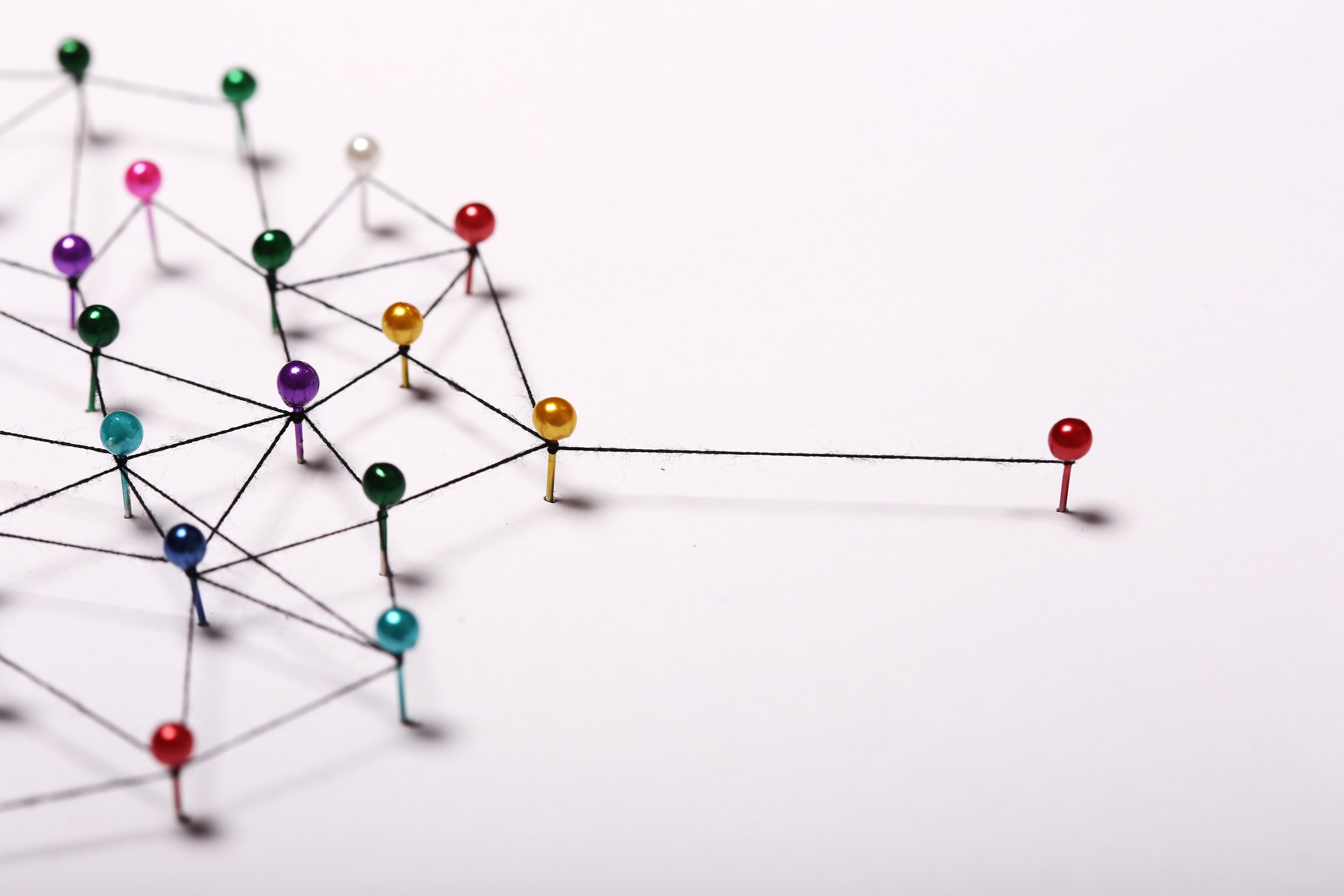
THE GUIDING PRINCIPLES OF HEALTHY RELATIONSHIP BUILDING
How we restore and maintain balance in our lives makes a difference.
B.E.S.T., the Sornik model for healthy relationship building, was created by Melissa Sornik and accentuates four fundamental elements crucial for cultivating resilience and healthy relationships across various environments including home, school, social community and the workplace. The model was created to address observed patterns of interactional behaviors that cause disequilibrium or imbalance within families, as well as in other environments. B.E.S.T. consists of four basic elements that can be implemented with both neurotypical and neurodivergent individuals. It is the treatment model that supports the work of the clinical practice.
THE FOUR ELEMENTS OF THE B.E.S.T. MODEL
1. Boundaries
What are boundaries, and why are they key to resilience and healthy relationships?\
Adequate and appropriate boundaries change over time, and will need to be adjusted. This requires thoughtfulness and flexibility as relationships grow and change. Self-awareness, mutual respect, vulnerability and, overcoming personal fears support the establishment of healthy boundaries that foster supportive, respectful, and balanced relationships. Effective communication supports this process.
2. Effective Communication
What is effective communication, and why is it important to develop and sustain positive, productive and healthy relationships?
When effective communication is maintained, personal and professional relationships can be improved and enhanced. Understanding its components, noticing and dealing with barriers in a positive manner, and implementing strategic improvements, increases opportunities to achieve better outcomes in interactions. It also promotes opportunities for individuals to be seen and heard.
3. See the Person in Front of You
What does it mean to “see the person in front of you” or, to recognize, consider, respect and honor the individuality of others, especially when they may not be in sync with ourselves?
When we see the person in front of us as an individual, rather than an extension of ourselves, we build foundations of compassion, inclusivity and the celebration of diversity rather than shame, anger, resentment and withdrawal. When we have difficulty acknowledging and appreciating differences in others, or if we come to believe that only one outcome is acceptable, it may be time to take a break.
4. Take a Break
Why is disengagement and taking breaks essential to maintaining healthy relationships?
Taking a break in relationships is critical for maintaining individual well-being and the overall health of the relationship. Taking a break provides time for self-reflection, personal growth, and conflict resolution. Setting clear boundaries, open communication, and a focus on self-care, offers individuals time and space to effectively improve their relationships and personal lives.





